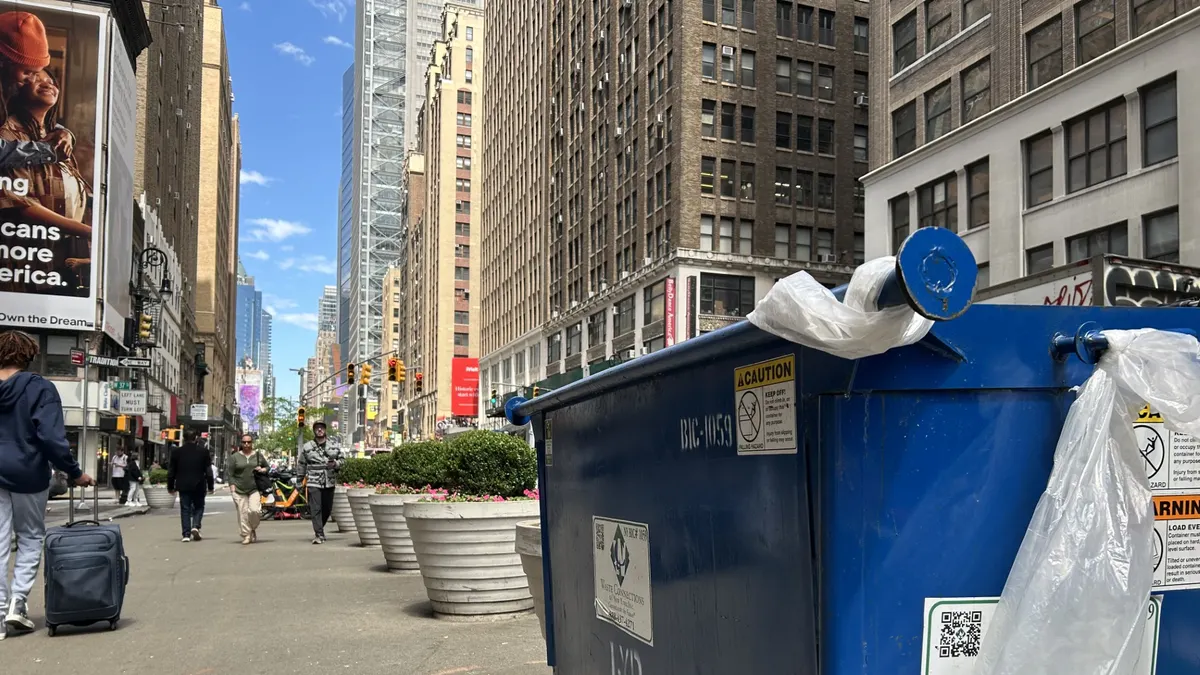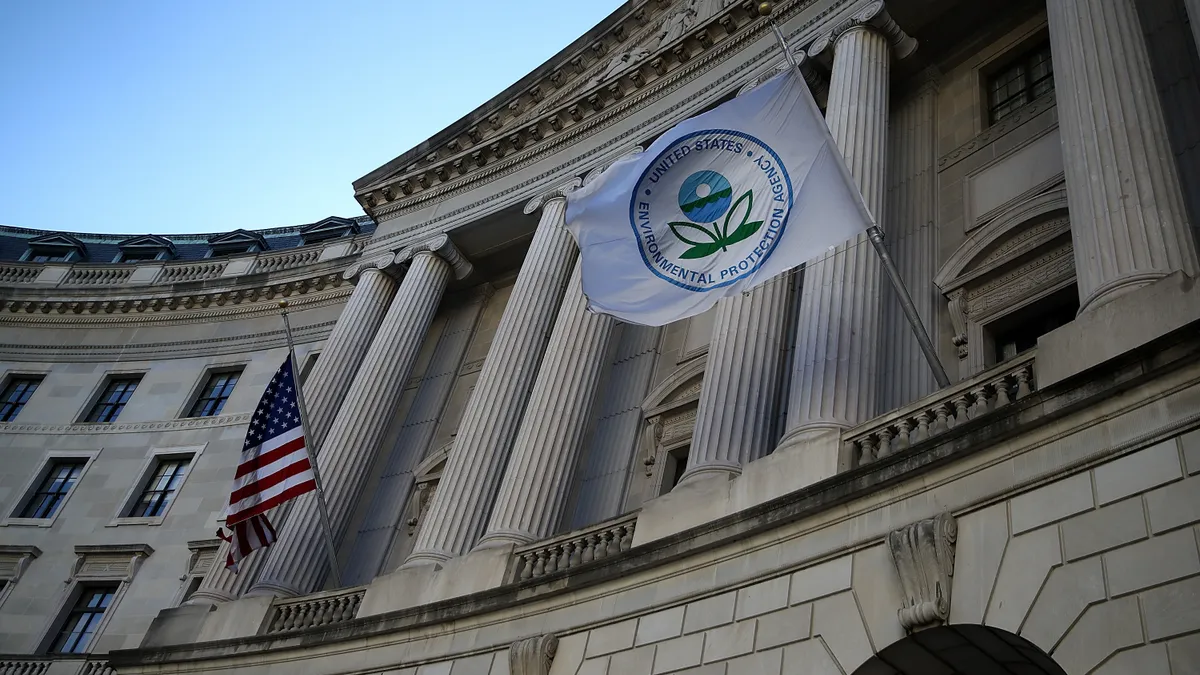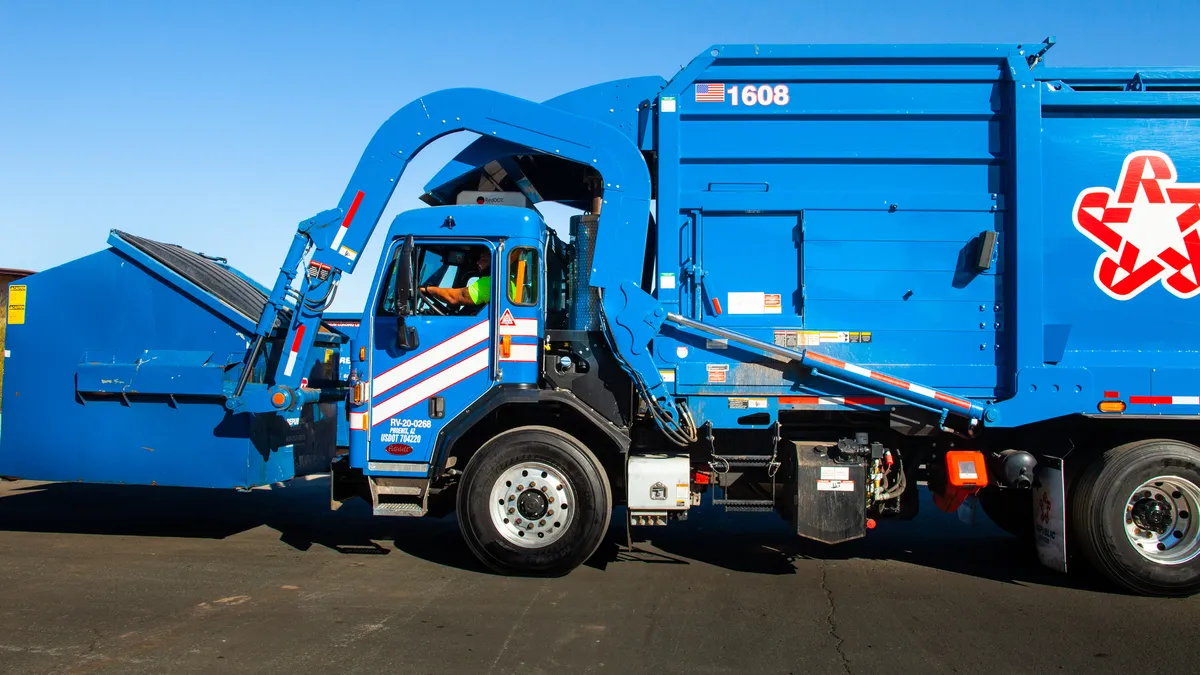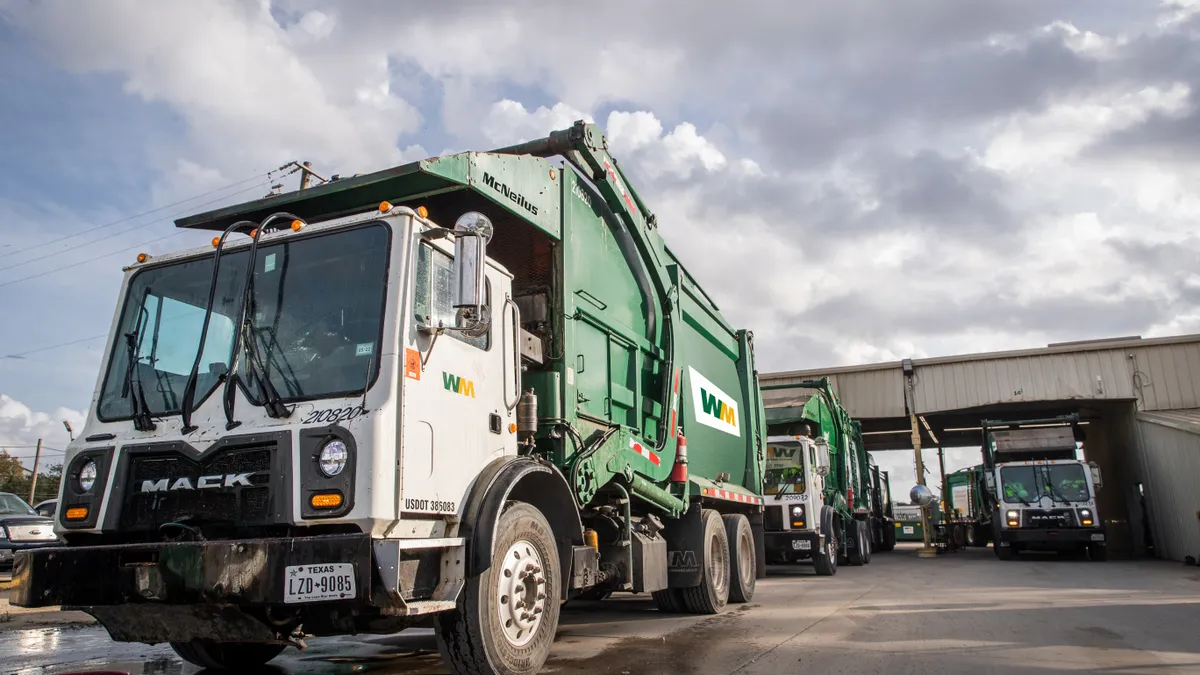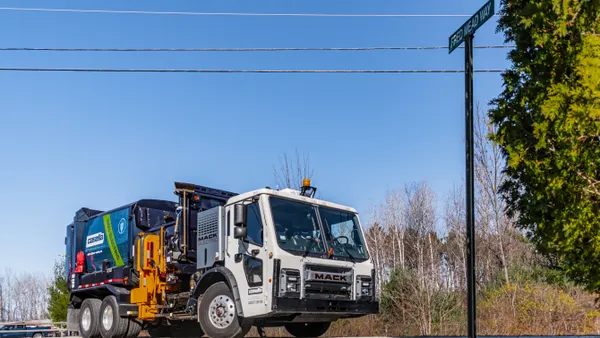Underserved communities must be part of the strategy to achieve long-term recycling and waste diversion goals at the local, state and national level, said speakers during the recent National Recycling Congress conference.
During a panel discussion, the speakers discussed strategies for connecting with communities where English is not the primary language, where recycling services are inconvenient or nonexistent, or where the community faces other systemic barriers.
Sustainability organizations must build thoughtful, long-term relationships with diverse communities to make recycling and waste access more resilient, said Sophia Huda, chair of the National Recycling Congress’ Justice, Equity, Diversity & Inclusion Council. “Effective recycling programs require participation and buy-in from our communities — every single member of our community,” she said.
Here are some takeaways from the discussion:
Build programs with buy-in from the beginning
It’s not enough to start a new recycling program and invite the target community to participate, speakers said. Key members of that community must always be present in the decision-making process and program implementation.
“You need to be able to have people from diverse communities in your organization who are strategizing on policies and programs,” Huda said.
Wherever possible, collect data and make informed decisions based on community feedback instead of implementing pre-built programs, said Keysha Burton, director of The Recycling Partnership’s community infrastructure program. “We don't want to make assumptions about why people may not be participating” in recycling or other programs, she said. “We want to decide based around research.”
When building new sustainability programs, consider changing your program requirements or being flexible based on people’s backgrounds, said Berenice Garcia-Tellez, equity administrator for the City and County of Denver and chair of the Latino Chamber of Commerce of Boulder County. For example, some immigrants don’t have W2 tax forms to prove employment or income, she said, which is a common document needed for some types of programs.
Partnering with a local community-based organization can help determine how to craft outreach programs that fit with target communities through culturally appropriate communications, she added. When one Denver-area program created fliers reminding residents to use reusable shopping bags, for example, community members suggested swapping out the photo of a canvas bag with one of a colorful rectangular bag more commonly used in that Mexican-American neighborhood.
Successful programs are built on trust
While it’s important to include diverse communities in any sustainability initiative, building community trust takes time. That might mean participating in events or working on projects that at first glance don’t seem to be related to recycling or waste management, Garcia-Tellez said. Find vendors who are based in the communities you hope to serve, participate in local events, or help support the community on other common needs, she suggested.
At the beginning of the pandemic, many of the Latino business owners she worked with were more concerned about keeping their businesses open than modernizing their buildings with sustainable improvements. The Latino Chamber helped businesses apply for federal loans and invited them to a free COVID-19 vaccine clinic. Through that process, they were able to build trust and entice people to adopt new recycling and waste diversion strategies, she said. One of those businesses, Taco Star, was later recognized with an award from the U.S. EPA for its sustainability efforts.
Helping immigrant communities plug into new programs also comes with unique challenges, she said, because some people come from countries where “the government just takes the money for their pockets.” Also, some business owners are undocumented or uninsured, meaning they are not eligible for some local business rebates.
“If you go to the communities and you’re new, don't expect that they will fill out your survey right away or apply for your programs,” she cautioned. “You need to be patient.”
When rolling out new programs, such as a multifamily housing recycling project, Burton recommended ongoing community outreach and communications to build consistency and confidence. “If the service is inconsistent or there’s suddenly no access, there is no trust in the actual system,” she said.
Sustain programs and relationships with funding
Organizations that are serious about increasing participation from diverse, underserved communities must also budget for it every year, or as frequently as possible, to keep efforts consistent. That can be a challenge for sustainability groups, speakers acknowledged.
One option is to find grant opportunities to help fund new positions or internship programs to bring in employees from underserved communities, they said.
One example is TRP’s Recycling Inclusion Fund, which aims to address racial disparities in the waste and recycling industry by offering grants for leadership and training programs for recent college graduates of color, Burton said.
“We know BIPOC communities want to participate in recycling, but we have to make sure that they have access to participate,” she said.
The Recycling Partnership has three other initiatives for improving recycling and waste systems in underserved communities. One is the Recycling Resiliency Fund, meant to help communities where recycling services are in danger of shutting down due to budget shortfalls or other factors related to the COVID-19 pandemic.
TRP’s Small Town Access Fund, for communities of fewer than 50,000 people, and its MRF Intervention program to improve recovery and quality are other tools meant to help underserved communities.
“The question is, how do we make these systems better? And how do we make it work for these specific communities?” Burton said.









